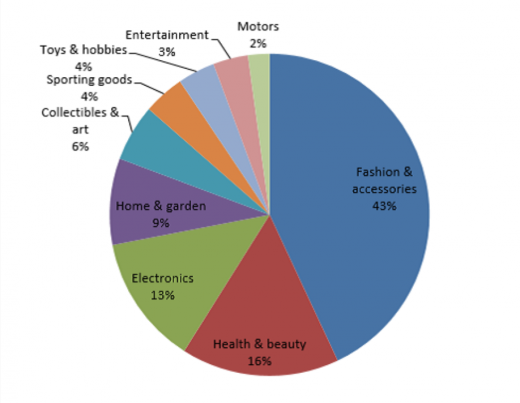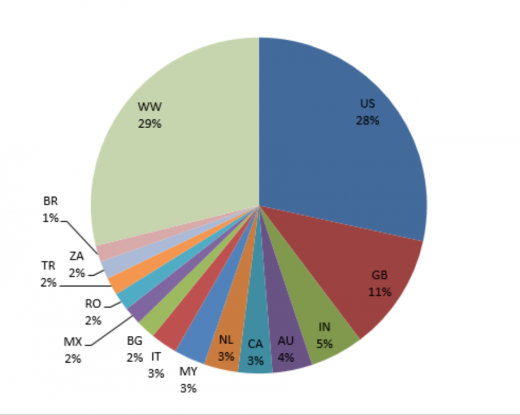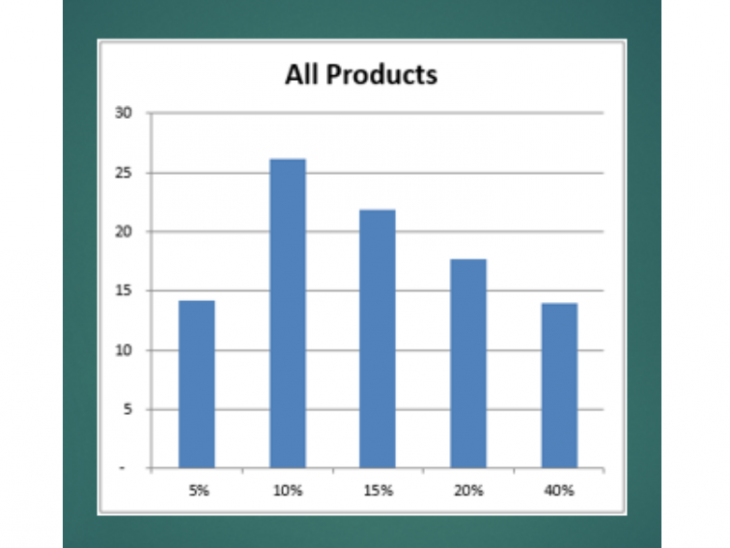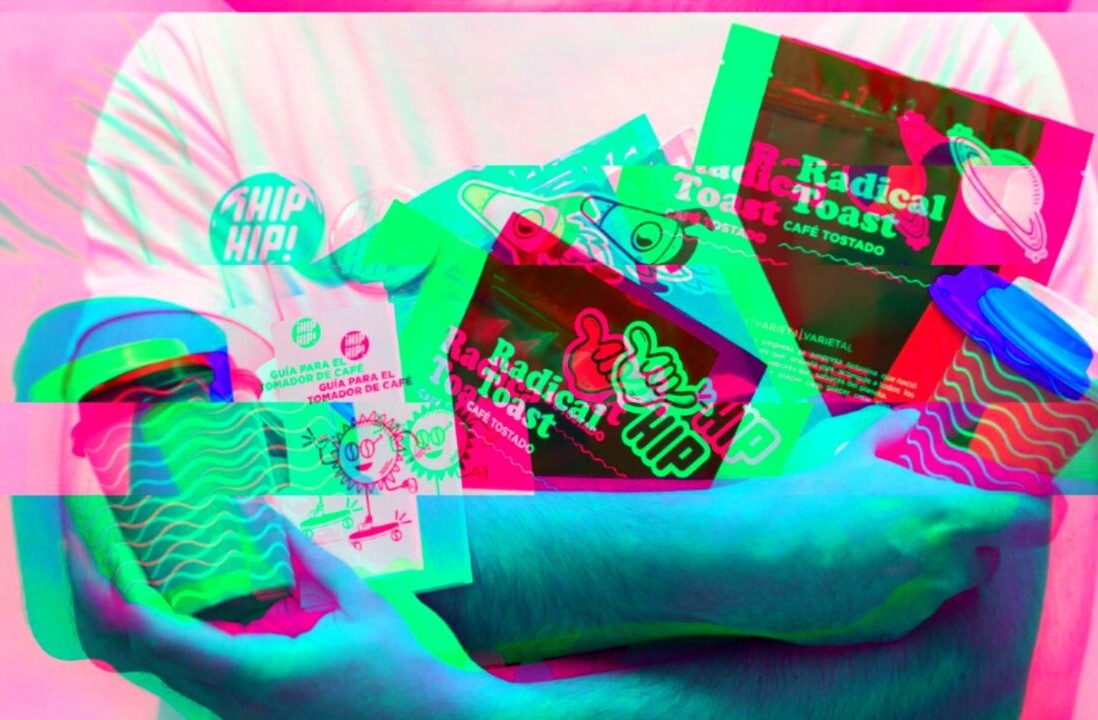
Yariv Dror is the CEO of StoreYa.com.
Discounts work.
Everyone likes them.
Customers feel like they saved money, merchants increase their sales. Everyone is happy.
Want quantitative proof? Just four months since our Coupon Pop marketing tool was launched, it is already responsible for 20 percent of our merchants’ sales. Merchants collect emails, fans and followers, customers are more engaged with stores and visit 2.5x more pages while seeking what to use their coupon on, and sales go up.
But we are not the focus today. The focus is all on you, and how you can optimize the discount you give your customers.
Companies are always curious when it comes to coupons: What is the sweet spot for discounts? Will a higher discount yields more sales?
Rationally – Yes! You would think that customers love discounts, so the higher the better right?
In reality – No! Thanks to Prof. Dan Ariely and his studies we know that people are not always rational, and now, thanks to the following comprehensive data analysis, we can point out exactly where discounts become ineffective.
So, how do you optimize discounts to boost your sales?
Background
Using the statistics from our Coupon Pop tool, we checked the behavior of 10 million customers over a period of one month to see how they reacted to different discount rates.
These are the categories that we checked:
These are the countries that we checked:
We grouped together the visitors and sales according to the percentage of discount offered by our merchants.
We then divided the sales made by each group by the number of visitors exposed to the promotion of each group; filtering in an out the extreme values in order to ensure that none of the big sellers, those who make $40,000 to $80,000 a week through our tool, would skew the data collected from the other SMB’s.
We aimed to find what the most effective discount percentage is – that is, which percentage has the best ratio of visitors-to-sales? In order to find this, we counted the number of sales made per 1,000 visitors.
The discount sweet spot
Although a 10 percent discount had a better ratio of visitors to sales than 5 percent, when the discount got any higher the ratio actually got worse. Instead of rising as expected, the ratio of visitors-to-sales decreased, i.e. the bigger the discount was, the lower the sales per visitors were.
As clearly reflected in the graph below, a 10 percent discount is the tipping point – giving a bigger discount yields lower sales!
Why? Prof. Ariely can probably explain this by saying that customers value a product less that is given a large discount, or that they perceive that the merchant still has a large profit margin and is therefore able to offer a large discount. Either way, we didn’t test the reasons and the psychology behind the conclusions that we reached, but we did conduct a comprehensive analysis in order to reach them.
Since these results caught us by surprise, we were skeptical. We wanted to make sure nothing threw off our findings.
So, we dove back into Excel in order to check if the ideal discount percentage changed according to product prices. The bottom line is:
- Products of up to $100: 10 percent is indeed the sweet spot.
- Products between $101 to $200: The sweet spot moves up a bit towards 15 percent – but doesn’t go up any more than that.
- Products above $201: The sweet spot actually moves down. Merchants should settle for a 5 percent discount. Even 10 percent takes you beyond the tipping point.
So go ahead, check which price category your products fall into and test the discount rates on your own store the next time you run a promotion. We’d love to hear your results. Please share any questions or comments below!
Get the TNW newsletter
Get the most important tech news in your inbox each week.








